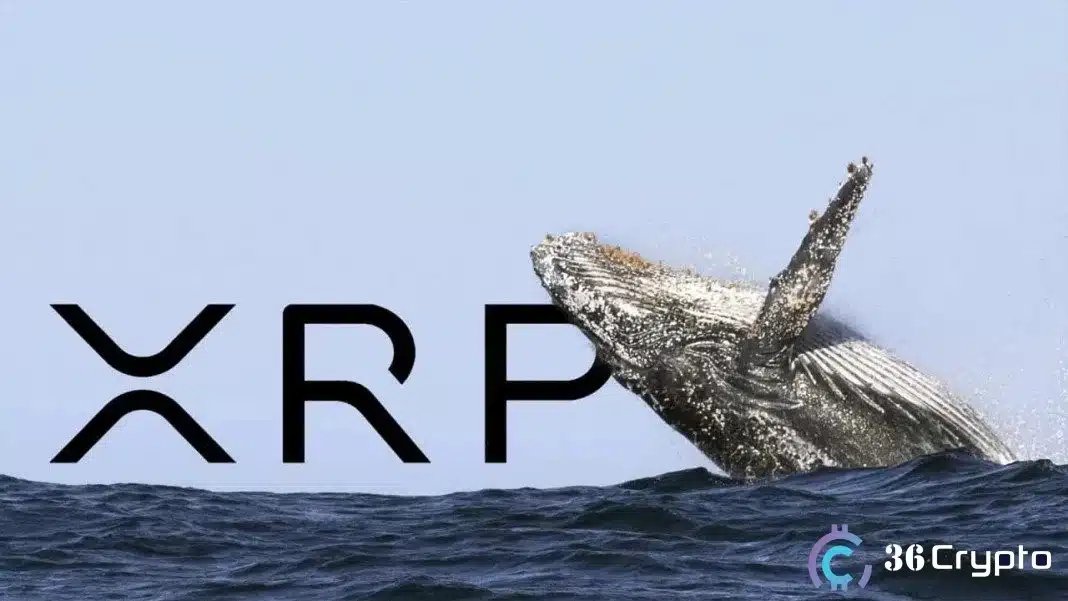BNB Chain halves fees to 0.05 gwei: revenues on the rise, challenge to L1

BNB Chain accelerates on scale and costs: a reduction of the minimum gas fees to 0.05 gwei has been proposed – a 50% decrease from the current 0.1 gwei – and a reduction of the block time to 450 ms, with revenues recovering in recently collected data. In this context, the move aims to stimulate on-chain activity, retain liquidity, and compete directly with major level 1 blockchains.
According to the data collected by our on-chain analysis team between September 1 and 20, 2025, the fee and volume metrics show trends consistent with public estimates: a month-over-month change in the range of +28–32% on aggregate fees and a significant increase in daily transactions compared to the levels of May 2025.
Industry analysts consulted note that previous fee cuts on BSC have historically led to rapid increases in throughput, but with growing pressures on validator infrastructure. These observations align with publicly available data on BscScan and DeFiLlama, and are used as the basis for the projections reported here.
BNB Chain: the technical proposal on fee reduction summarized
The governance of BNB Chain is considering lowering the minimum gas fee from 0.1 to 0.05 gwei and speeding up the block interval from 750 to 450 milliseconds. The goal is to reduce the unit cost of transactions and increase the network’s capacity while maintaining security standards. It should be noted that the documentation and technical threads are available on the official BNB Chain community channels and in the official GitHub repository.
Proposed Parameters
- Minimum gas price: 0.05 gwei (instead of 0.1 gwei)
- Block time target: 450 ms (instead of 750 ms)
- Scope: BNB Smart Chain network (L1)
The Numbers: What Recent Datasets Say
According to public dashboard and analysis of the latest data, the indicators show an improvement with mixed signals. The network operates with a wide margin of capacity and low costs for the end user. That said, observing aggregated metrics over time remains crucial; the numbers reported here are updated as of September 24, 2025, and are based on public data and on-chain monitoring.
Economic Indicators
- Increase of 30% month over month in transaction fees and total revenue (estimates expressed in USD), according to recent reports.
- Estimated gross profit: $1.5 million, increasing by 35% month over month, with the peak recorded compared to the May 2025 period.
- Despite the monthly improvements, the quarter is still down by about 15% quarter over quarter, marking the second consecutive period of decline compared to Q2 2025.
Technical Activity and Capability
- The activity of core developers shows a decrease of 11% month over month, highlighting the need for additional resources.
- The network operates at an average utilization below 30% and the infrastructure has been designed to support approximately 3× the current load.
- The staking APY remains stable above 0.5%.
- The revenue stack is based on cumulative on-chain fees estimated at around $14 billion.
Expected Impact on Fees, Volumes, and Revenues
The halving of the gas price tends to direct activity towards transactions with lower marginal costs. With minimum fees at 0.05 gwei and faster blocks, BSC should catalyze volumes of micro-transactions and attract cost-sensitive projects, with potentially positive effects on aggregate revenues if adoption were to grow. Indeed, the combination of lower fees and increased speed can act as a catalyst for usage.
Practical Effects
- Greater convenience for micropayments, with costs currently ranging between ~$0.01 and ~$0.10 per transaction based on the gas used and the BNB/USD rate.
- Possible increase in on-chain liquidity due to the reduction in cost per trade.
- Increased pressure on validators and infrastructure to handle higher transaction frequencies.
Can the network hold? Capacity and incentives
With an average utilization below 30%, the network has room to increase throughput and handle a greater number of transactions. The stable staking APY provides a solid incentive for operators. However, to support sustainable growth, targeted measures on validators and developers will be necessary to avoid bottlenecks over time.
Incentives for Developers and Validators
- Funding dedicated to scalability tools and UX optimization.
- Co-financed bug bounty programs and audits to enhance security.
- Additional rewards for validators who reduce latencies and improve network reliability.
The contraction of core developer activity, down 11% month over month, highlights a potential operational bottleneck, especially if new resources for protocol maintenance are not introduced. In this context, a more targeted allocation plan could make a difference.
Strategies to Lower Fees Without Sacrificing Security
Reducing costs requires coordinated interventions on aspects such as consensus mechanisms, economic parameters, and anti-spam tools. It is crucial to balance the sustainability of rewards for validators with lower fees to maintain high network security. However, without strict technical governance, the risk of unintended effects would increase.
Technical and Policy Levels
- Consensus and networking optimizations to reduce latency.
- Dynamic adjustments of the base fee and specific limits to prevent spam phenomena and burst traffic.
- Better management of MEV to contain negative external effects on user experience and revenues.
- Transparent telemetry to monitor purposes, reorganizations, and error rates.
Risks and Controversial Angles
A significant reduction in fees could trigger a “cost war” among level 1 blockchains, with the risk that the decrease in margins for validators leads to network centralization. The increase in traffic could also incentivize spam phenomena and aggressive MEV strategies. The main challenge remains ensuring revenue solidity in the medium term, without eroding the protocol’s resilience.
What Can Happen in the Short Term
- An increase in low-value transactions and an expansion of retail activity.
- Total revenues supported by the increase in volumes, should the growth in adoption continue.
- Careful monitoring of network quality metrics, such as latency and finality, remains essential.
You May Also Like

Nasdaq-listed crypto treasury GD Culture to add 7,500 BTC after Pallas Capital acquisition closes

Whales Dump 200 Million XRP in Just 2 Weeks – Is XRP’s Price on the Verge of Collapse?
